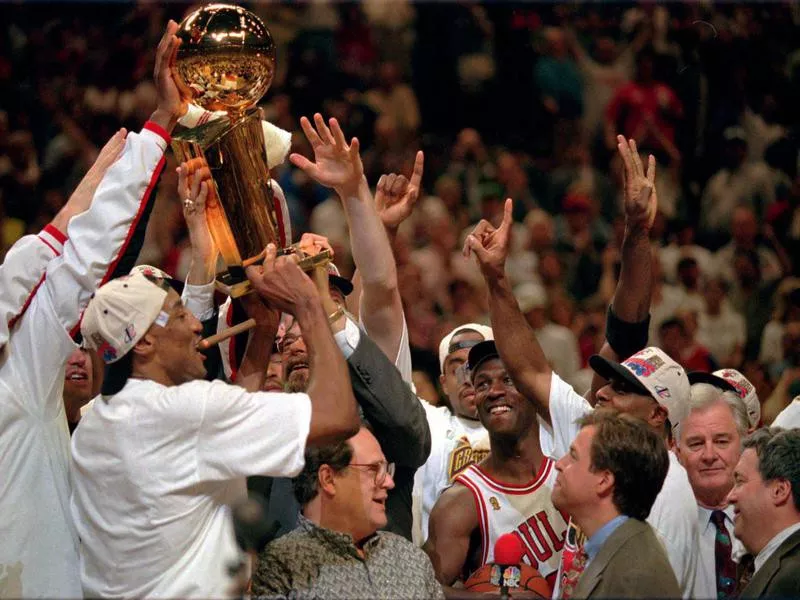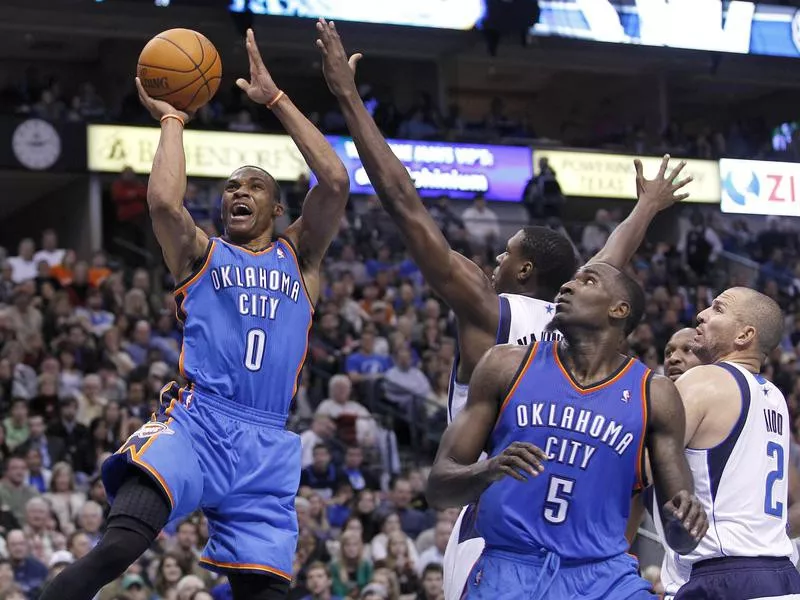Whether it be the adoption of the 3-point line, eliminating hand-checking or increasing pace, the NBA has undergone numerous changes over the years to increase scoring and, thus, increase excitement. Let’s be honest — akin to the entertainment industry’s “sex sells” mantra — in the NBA, scoring sells.
But some teams have been better than others at creating excitement, whether that be by scoring lots of points on offense or by the opposing team scoring lots of points due to a lack of defense. Either way, the scoreboard operator is staying busy, which means that fans are staying engaged.
But which NBA teams were the most fun to watch? They’re the ones that had you on the edge of your seat, due to their unique offense, transcendent players or abominable defense. Here, we list the 30 most fun NBA teams of all time worth paying attention to whenever their old games air on ESPN Classic.
Bottom Line: 1995-96 Chicago Bulls

Beth A. Keiser / AP Photo
The team that many consider the greatest in NBA history, the 72-win Bulls were, perhaps, also the most efficient team in NBA history. Think about this: The Bulls ranked 20th in pace, meaning 19 teams had more possessions per game than them, but Chicago still ranked first in points!
That great efficiency didn’t always come from what they did but rather what they did “not” do, and that was commit turnovers. The Bulls had the league’s lowest turnover percentage, so they made the most out of every possession to get a good shot. Oh, and when all else failed, it didn’t hurt to have Michael Jordan on your team.
Bottom Line: 2011-12 Oklahoma City Thunder

Tim Sharp / AP Photo
Some day, people are going to look back at this team, see three future MVPs aged 23 or younger, and ask, “How did this team not win a championship?” At the time, we didn’t know how great Durant, Westbrook and Harden would be individually, but we did realize that we were watching something special.
However, we should have been tipped off that this trio wouldn’t be a long-term thing, as despite the Thunder ranking third in points scored, they ranked dead last in assists, thus indicating that the whole was not greater than the sum of its parts.